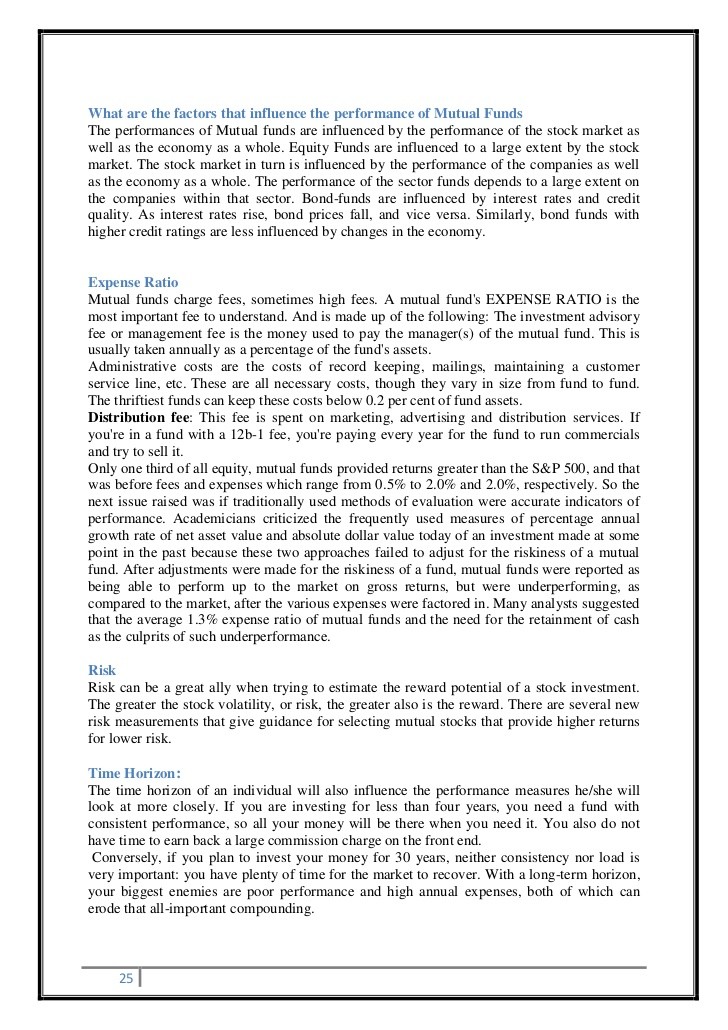Basic Stock Trading Tips Evaluating a Stock s Performance
Post on: 3 Сентябрь, 2015 No Comment

Directions
Analyze the stock’s earnings per share
The earnings per share (EPS) measure how much of the company’s net income is actually allocated to each individual share of stock. The EPS simply measures how much of a company’s income is allocated to each share of stock. If the EPS is higher than the stock price, it may be a solid investment, as it is likely that the value might increase in the future. You can calculate the EPS by subtracting the preferred stock dividends from the net income and dividing by the number of outstanding shares.
Calculate the dividend payout ratio
This calculation helps you to gain insight into the dividend performance of the stock you are evaluating. This ratio compares the dividends per share to the EPS. A higher payout ratio means that the company invests money into dividend payments versus expansion, so healthy stocks have a lower payout ratio which means they might experience better earnings growth. To calculate the payout ratio, simply divide the total dividends by number of outstanding shares, then divide that answer by the EPS.
Calculate the price/earnings ratio
The price/earnings (P/E) ratio compares the stock’s price to the EPS and should be compared to other P/E ratios within the same industry. A low P/E ratio indicates a growth opportunity for the stock, while a P/E ratio over 1 means that the stock price is likely to drop. Calculate the P/E ratio by dividing the market price by the EPS.
Analyze the return on investment
The return on investment (ROI) is a tool used after you sell a certain stock holding. The ROI tool compares the income generated to the capital required up front. To calculate the ROI, simply subtract the cost from the gains, then divide by the cost. This projection can help you to determine the potential profitability of a stock over time.
Utilize stock charting tools
It is important to analyze the previous performance of a stock, in addition to the current figures. Use stock charting tools to get moving averages from the stock’s past, in order to better predict future price shifts. These charts can also help you to analyze the history of market prices. If you are seeking out long-term investments you should look for histories showing a slow, steady price gain, while short-term investors should seek stocks with quick and dramatic fluctuations.














